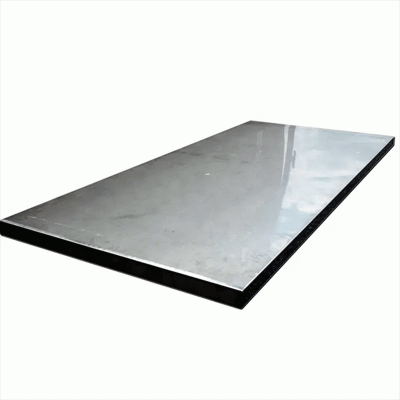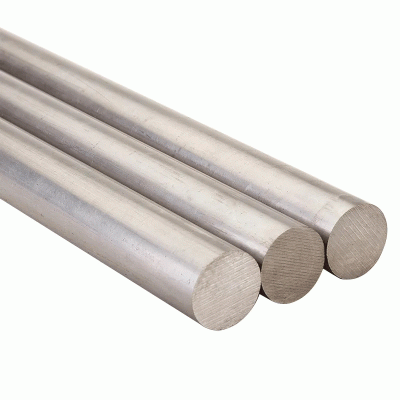Introduction of super austenitic stainless steel
Overview
The concept of super austenitic stainless steel includes super ferritic stainless steel and super duplex stainless steel. A typical example is a super Austenitic Stainless Steel containing 6% molybdenum and 7% molybdenum. These steel grades are specially developed for harsh industries such as petrochemical, chemical, paper and offshore systems.
Development of Super austenitic Stainless Steel
To deal with post-weld austenite intergranular corrosion susceptibility, titanium and tantalum were added early as carbide stabilizing elements. With the advent of AOD and VOD refining techniques in the 1960s, the carbon content in stainless steel dropped to less than 0.03%. The new technology increases the purity of the steel while addressing the susceptibility to post-weld intergranular corrosion. Therefore, since the 1980s, the new austenitic stainless steels developed thereafter are basically ultra-low carbon types.
However, industrial development poses greater challenges to the properties of stainless steel, such as resistance to combined corrosion in harsh media. With the increase of chromium, nickel and molybdenum, other elements such as copper and silicon are added on the basis of 304 and 316, and new high alloy grades such as 317LM (containing 4.5% Mo), 904L, 316L mod (urea grade), 347 (nitric acid grade), 348 (nuclear grade), etc.
Another phenomenon that has contributed to the development of super austenitic stainless steels is the widespread use of nitrogen in stainless steel pipes since the 1970s. For example, the AL-6XN is the nitrogen version of the AL-6X. On the basis of high molybdenum 904L, nitrogen is added to increase the molybdenum content to 6%, which is alloy 926.
Xinyuan stainless steel products, trustworthy, if you have any needs, welcome to inquire with me.




